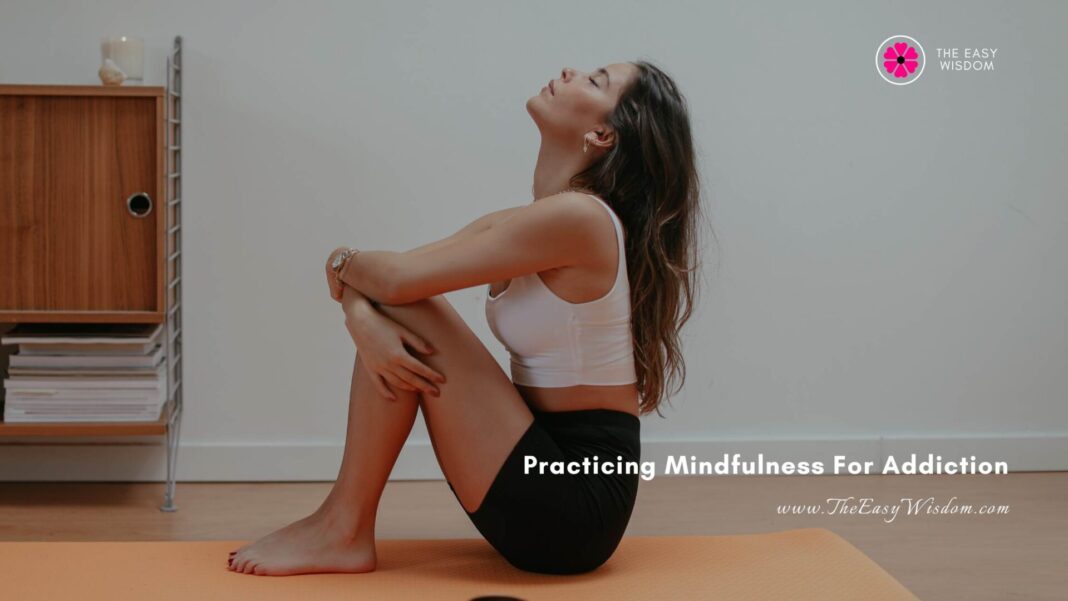Practice mindfulness for addiction with this proven activity recommended by recovery expert and author Beverly Conyers—it might just be what you’ve been looking for.
It’s a shared experience, regardless of context. We start a new diet, join a fitness club, or sign up for a class, and before we know it, our enthusiasm fades, and our stress increases. We recognize that there are no quick fixes. This cultivation is the journey of a lifetime. Laguna Beach rehab is the best place where people can get the way to get out of addictions.
This is the time when adding mindfulness and meditation to your addiction recovery program can refresh your enthusiasm and reignite your journey.
What is meditation?
Meditation has been around for thousands of years, and you may have practiced it without knowing it. Many religions use some form of meditation to approach or communicate with their higher power. Although it takes many forms, meditation is usually done by sitting and silently observing your body or mind. Some people focus on their breath and feel it expand in their chest before slowly exhaling. Some people pay attention to their physical experiences, listen to their whole body, and leave every sensation without judgment. And some just sit back and watch as new thoughts come and go in their heads. The professional people present in laguna beach rehab will help for having a great time.
Meditation is ultimately about grounding yourself in the present moment, and most people report feeling very calm afterward (and some even fall asleep during their meditation practice). It brings you back to your body and the present moment, allowing you to live in the here and now.
What is attention?
Introduced by the Buddha more than 2,500 years ago as a path to spiritual enlightenment, mindfulness is the art of being present in one’s life. It is a gentle way to open your mind to a greater awareness; for a more authentic and deeper understanding of yourself and your world.
Studies show that mindfulness activities can change your brain in positive ways, improve physical and mental health, and improve overall well-being. It can help tame your fears, boost your self-confidence, and help you acknowledge and deal with emotions that may not have their roots in reality.
Additionally, incorporating mindfulness for addiction and mindfulness practices into medicine is especially helpful for those of us who struggle with alcohol, drugs, pornography, unhealthy relationships, or other destructive behaviours.
Ways to start practising mindfulness techniques
One of the strengths of mindfulness is that you can practice it anywhere, anytime. You don’t have to adopt a particular belief system or invest a lot of time and energy to benefit from this expanded awareness.
1. Be present at this time and concentrate on your breath
Life is full of stress. Whether it’s everyday life, complicated relationships, sudden disasters, or the incessant onslaught of the 24/7 news, life sometimes gets in our way. We constantly feel overwhelmed, and before we know it, we explode from stress or retreat to sulking – or worse, turn to alcohol or other drugs to cope.
There is a simple exercise that will help: focus on our breath. Instead of being preoccupied with external things over which we have little control, we can focus our attention on something internal over which we can control: our breathing. Mindfulness teaches us to use our body’s natural healing power to manage stress.
2. Realize that your thoughts are just thoughts
Most of us pay little attention to the thoughts that fill our heads. They’re there, like the background noise we’ve learned to block out. Whether we realize it or not, our thoughts are the driving force behind our feelings and actions. What we think of ourselves and others determines how we behave in the world, how we interact with the people around us, and how effectively we live our lives.
It’s easy to confuse our thoughts with reality, believing that what we think is always true. The fact is, we are all prone to false assumptions, misunderstandings, and unfounded beliefs. Mindfulness teaches us to be aware of our thoughts, which allows us to let go of harmful ideas that harm us.
3. Expand your circle of affection
Studies show that when we feel connected emotionally, we thrive mentally and physically. When we feel separated, we suffer.
Mindfulness helps us build relationships by teaching us to see ourselves and others through the lens of compassion. We let go of the judgments, stereotypes, and prejudices that build walls and practice tolerance, kindness, and empathy, which build bridges.
PS: This is sponsored content.




